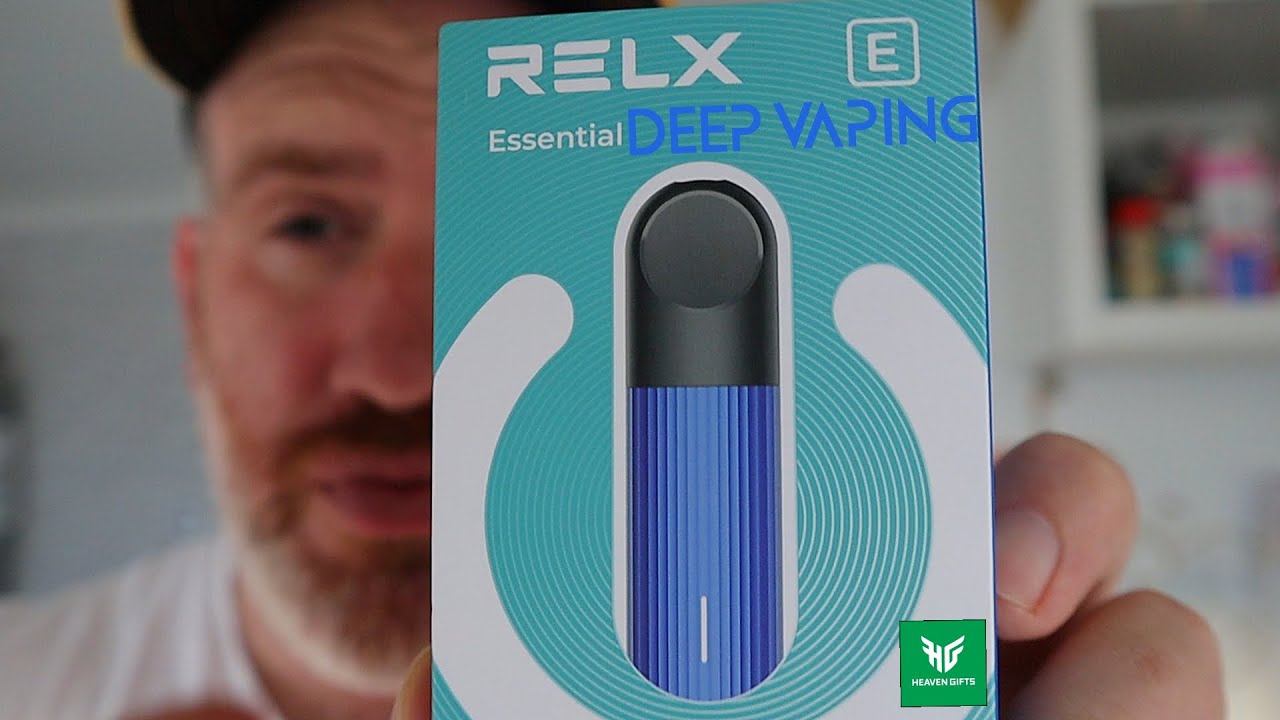
In recent years, vaping has emerged as a prominent Relx alternative to traditional smoking. With its rise in popularity, there’s been a surge of interest and debate surrounding the topic. This article delves into what vaping is, how it compares to smoking, its potential risks and benefits, and the regulatory landscape that governs its use.
What is Vaping?
Vaping involves the use of an electronic device, commonly known as an e-cigarette or vape pen, to inhale an aerosol, often referred to as vapor. This aerosol is created by heating a liquid known as e-liquid or vape juice, which typically contains nicotine, flavorings, and other chemicals. Unlike traditional cigarettes, which burn tobacco to produce smoke, e-cigarettes use a heating element to vaporize the liquid.
How Vaping Compares to Smoking
1. Harm Reduction: Many proponents of vaping argue that it is a less harmful alternative to smoking. Traditional cigarettes produce harmful tar and thousands of chemicals through combustion, many of which are carcinogenic. Vaping eliminates combustion and reduces exposure to these harmful substances. However, while vaping may reduce exposure to certain harmful chemicals, it is not without risks.
2. Nicotine Content: Both e-cigarettes and traditional cigarettes can deliver nicotine, an addictive substance. The nicotine content in e-cigarettes can vary widely, allowing users to choose levels that suit their preferences. This variability can be beneficial for those trying to reduce their nicotine intake, but it also poses a risk of nicotine addiction, especially among youth.
3. Health Implications: Research on the long-term health effects of vaping is still ongoing. While vaping is generally considered less harmful than smoking, studies suggest it is not entirely without risk. Some research has indicated potential negative effects on lung health and cardiovascular function. The presence of various chemicals and flavorings in vape juice also raises concerns about their impact on health.
Benefits of Vaping
1. Smoking Cessation: For many individuals, vaping has served as a tool for smoking cessation. Some smokers have successfully used e-cigarettes to transition away from combustible tobacco products. The ability to gradually reduce nicotine levels may contribute to quitting smoking.
2. Reduced Exposure to Harmful Chemicals: Compared to traditional cigarettes, e-cigarettes may expose users to fewer toxic substances. This reduction in exposure is one of the primary reasons vaping is considered a less harmful alternative.
Risks and Concerns
1. Youth Appeal: The variety of flavors and sleek designs of vaping products have made them particularly appealing to younger demographics. This has raised concerns about increased nicotine addiction and potential gateway effects, where young individuals might transition to traditional cigarettes.
2. Lack of Regulation: The vaping industry has faced challenges with regulation and quality control. The inconsistency in product quality and the potential for unsafe ingredients highlight the need for stringent regulatory measures.
3. Potential Health Risks: Emerging research continues to investigate the health effects of vaping. While it is generally accepted as a less harmful alternative to smoking, the long-term health consequences remain uncertain. Users should be aware of the potential risks and make informed decisions.
Regulatory Landscape
The regulation of vaping products varies by country and region. In many places, governments have implemented measures to restrict the sale of e-cigarettes to minors, regulate advertising, and ensure product safety. Ongoing debates and legislative efforts aim to address the balance between harm reduction and protecting public health.
Conclusion
Vaping presents both opportunities and challenges in the realm of public health. As a potentially less harmful alternative to smoking, it offers benefits for some individuals looking to quit traditional cigarettes. However, the associated risks, particularly for youth and long-term health, warrant careful consideration. Continued research and regulation are essential to ensure that vaping practices are safe and effective, and to protect the health of individuals and communities.